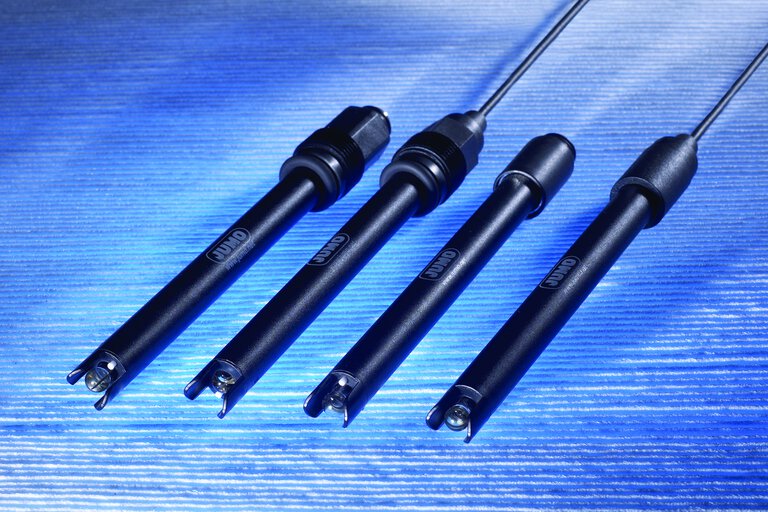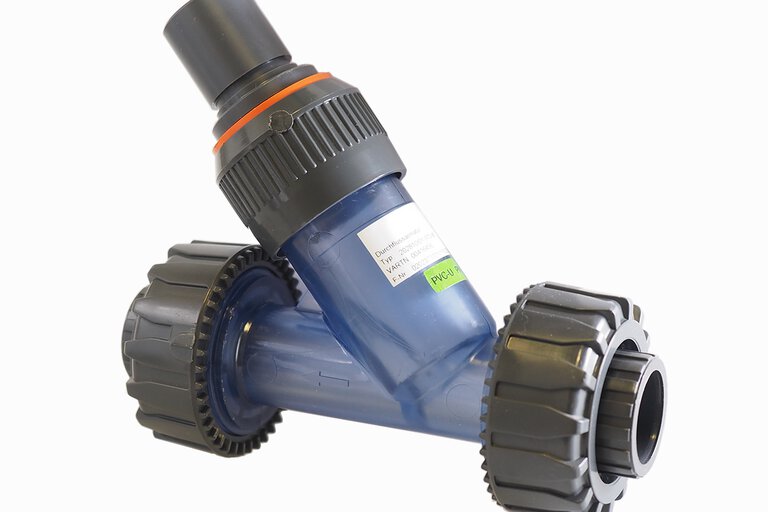

Redox potential - what does it mean when it drops?
We often receive the question from our customers, "What does it mean when the redox parameter drops?". In this blog post, we will explain what changes within this indicator mean for different industries operating with numerous examples, and we will also share tips for measuring the redox indicator. Read on!
Redox value - what is it?
Redox value, also known as redox potential or oxidoreduction potential (ORP), refers to a substance's ability to accept or donate electrons. It is measured in volts (V) or millivolts (mV) and indicates whether a substance is a strong oxidizer (has a high positive redox value) or a strong reducer (has a high negative redox value). The higher the redox value of a substance, the greater its ability to oxidize (donate electrons) or reduce (accept electrons).
A high ORP value indicates the substance's ability to donate electrons (act as an oxidizing agent), while a low ORP value indicates the substance's ability to accept electrons (act as a reducing agent).

Redox value, also known as redox potential or oxidoreduction potential (ORP), refers to the ability of a substance to accept or donate electrons
What does it mean when the redox potential of water drops?
The drop in redox potential (ORP indicator) is not merely an abstract chemical concept. It has specific and practical applications in many industrial fields, such as an indicator of water quality. Understanding what a drop in redox value means can help in better management of industrial processes and ensuring higher quality products.
Food Industry: In the food industry, monitoring redox potential is crucial in fermentation processes. A drop in ORP indicates active fermentation, during which microorganisms consume oxygen and produce alcohol and carbon dioxide. For example, in the production of wine, beer, or yogurt, controlling ORP allows monitoring the progress of fermentation and ensuring optimal conditions for microorganisms.
Water Treatment Industry: In sewage treatment plants and water treatment stations, redox potential is used to monitor purification processes. A drop in ORP may indicate the presence of reducing compounds, such as hydrogen sulfide, which can be harmful to human health and the environment.
Chemical Industry: In chemical production, controlling ORP is essential in many redox reactions. A drop in ORP may indicate the need to add more oxidizing agents or the completion of the reaction.
Metallurgical Industry: In metal extraction processes, redox potential is crucial. A drop in ORP may indicate effective separation of the metal from other components of the solution.
Paper Industry: In paper production, controlling ORP is used to monitor bleaching processes. A drop in ORP may indicate the need to add more oxidizing agents to achieve the desired shade of white.
Example – monitoring the redox indicator of pool water
The water in a swimming pool must not pose any health risk to those swimming in it. For this reason, it must undergo special treatment. The pH value and redox tension play an important role here. The pH value is important for flocculation, filtration, and disinfection of water, and it also has a significant impact on the redox potential value. For example, a too high pH value reduces the disinfecting action of hypochlorite. Redox tension is an indicator of water quality and can be used to determine the bactericidal action of pool water. Ideally, the redox tension should be around 700mV. If the actual value drops below or significantly exceeds this value, appropriate actions should be taken in terms of chlorine dosing. In pools, water with a high redox potential is desired, as it is a good environment for effectively destroying bacteria.

Redox voltage is an indicator of water quality and can be used to determine the bactericidal effect of pool water.
How to measure redox potential?
Measuring the redox indicator involves comparing the potential of an unknown solution to the potential of a reference electrode. Oxidation occurs at one electrode, and reduction at the other. In practice, the ORP electrode and the reference electrode are usually combined in one device, called an ORP probe. When the probe is immersed in a solution, the ORP meter reads the potential difference between the two electrodes and displays the result in millivolts (mV). The ORP (oxidation-reduction potential) probe is used to measure the oxidation and reduction potential in solutions. The ORP meter reads the potential difference between the reference electrode and the measuring electrode of the ORP probe. The reading is displayed in millivolts (mV) and indicates the degree of oxidation or reduction in the tested solution, e.g., positive readings indicate the presence of oxidizing components, while negative readings indicate the presence of reducing components.
Construction of the redox measurement circuit
The following device components are needed to construct a redox measurement circuit:
- immersion or flow fitting
- metal electrode and
- reference electrode or
- combined metal electrode
- shielded measurement cable
- transducer/regulator (mV meter) e.g., JUMO AQUIS 500 pH
Click and check out the JUMO electrodes for measuring redox potential!

Redox combination electrode with glass or plastic shaft JUMO ecoLine/JUMO BlackLine Redox
About the author
My name is Ewelina Szmit and I have been working in the field of content marketing for several years, combining my professional skills with my passion for writing. I believe that even the most technical topics can be presented in an interesting and accessible way for everyone. Outside of work, I develop my creativity by creating newspaper collages. I like to spend my free time most actively, walking my dog or running.

Technical specialist
Jakub Dąbrowski - Inside Sales Engineer +48882351471 Jakub.Dabrowski@JUMO.net +48882351471Comments
Please leave your comments through the form listed below. Your comments will be placed online after they have been approved through our pending process


